Since inheriting the watch that introduced me to the wonderful world of horology, I’ve always had a penchant for American made watches.
As a child I had the pleasure of being able to consider my Godfather a true friend and confidant. He never had a wife or family of his own, so it was me who received all of the attention he would have normally bestowed upon his own son. As the only male child in the family residing in the same City as him, he would often take me to the circus or just spend countless hours, proving why he made a far better “uncle” figure than a father figure. I have fond memories of him making his biceps dance; challenging me to smoke an entire pack of cigarettes when I expressed interest in just one of his, or chain-smoking beside me as I pretended to drive the taxicab that served as his sole social experience, save prostitutes and his bourbon brotherhood. My Uncle Sam (my maternal grandmother’s brother) was a kind man, but a tough one. Built like stone, it was him who taught me how to be a man. He was the world’s most manly man according to me, next of course to his brother Charlie who I’m certain was a member of the mob.
When Sam died as I hit my early teens, I was left missing those family dinners at my grandparents, those sugar-filled trips to the circus and the man who had made such a mark on my life and our family legacy. As my mother and grandmother cleaned out his apartment which overlooked a cemetery (I’m not even joking), they came across something rather exceptional.
Among his many articles of belongings, they found a gold pocket watch. Knowing only that it was my great grandfather’s my grandmother made the decision that it was I who should be bestowed with the honor of inheriting it. It was that watch that would pave my career in journalism and some might even say my life.
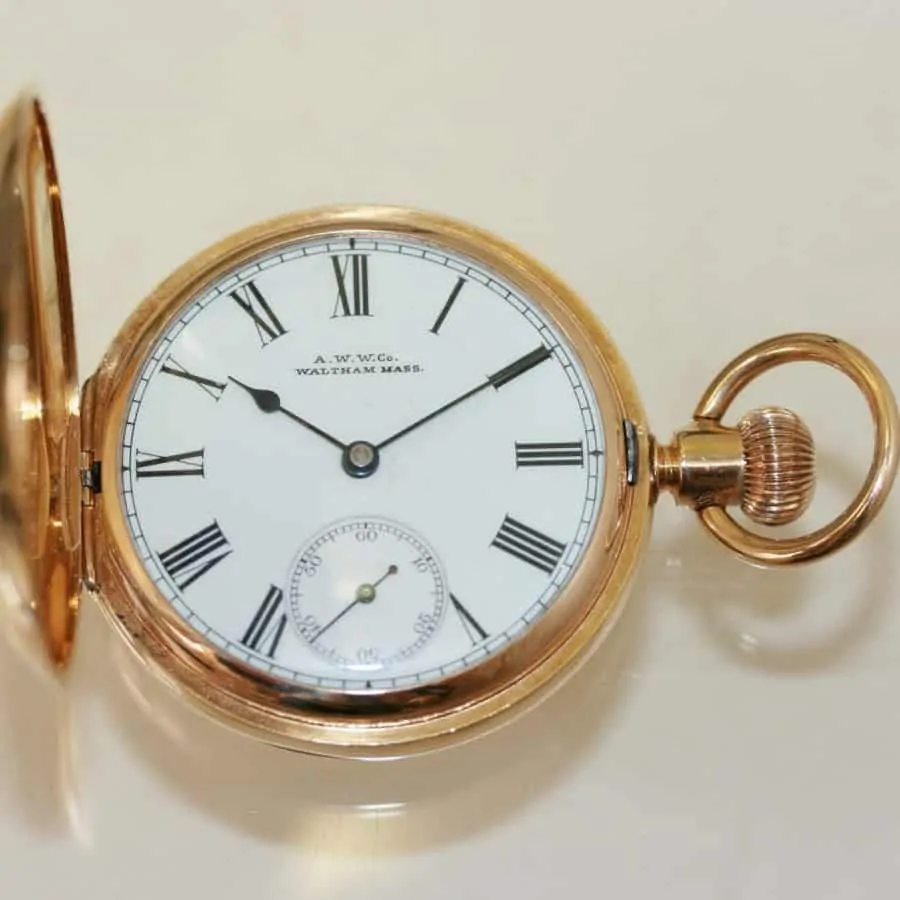
The History of American Watches
The watch was a gold Waltham pocket watch from the early 1800s. To this day it still works flawlessly. Granted, I keep it well cleaned and under lock and key. It’s not that it’s my most valuable watch, it’s that it’s my most invaluable. It holds the legacy my great grandfather began when he handed it down to Sam, and one day, I hope to hand it down to my son. As the famous Patek Philippe phrase goes “You never actually own a (watch), you merely take care of it for the next generation”.
I have fond memories of sitting and staring into this pocket watch, a watch I thought was so incredibly detailed and inspiring, and one that showcased a thousand good memories made between my godfather and me. The watch was a perpetual window into the soul of my family. To this day, I still enjoy spending countless hours, just staring into the movement, almost past it into the heart of the history of the watch.
Today, we focus heavily on the Swiss and German watch industries. We believe they’re synonymous with the very best that the horological world has to offer. However, that hasn’t always been the case. Many years ago, it was the American watch manufacturers that were considered the premiere producers of timepieces. In my opinion, however biased it may be, the change in this perception isn’t necessarily due to the American watch industry taking shortcuts, failing to meet expectations or being subpar to that of other regions. In my opinion, it’s simply because today, you’d be hard pressed to find a large selection of watches that are exclusively manufactured in the United States.
In the 1800s, American made watches were all the rage, and to this day, many of these historic timepieces continue to receive critical acclaim. Once upon a time, America was primarily known for its agriculture. Today it’s known for it’s industry. It is arguably, the watch that helped pave its way and chart America’s path through history.
From around 1650 to 1850, the English were heavily regarded as being the most accurate watchmakers in the world. While they receive little noteworthy praise today from the horology world, they used to focus on quality, with little regard for style.
Their watches were bulky, some might say ugly, and rudimentary to say the least. They had one purpose and that of course was to tell time. On the opposite side of the spectrum, the Swiss were known for their panache, their flair and the beauty their watches held. They were a thing of beauty. However, like some beautiful blondes, they didn’t have much going for them on the inside. (Relax, I said “some”).
Even the most high quality watches produced by some of the biggest names in Switzerland didn’t make watches as accurate as Britain’s cheapest. So between the beauty and the brawn, these small handcrafted watch companies, dumped their cheapest, crappiest watches into what they believed was a subpar brand of fools; the American marketplace.
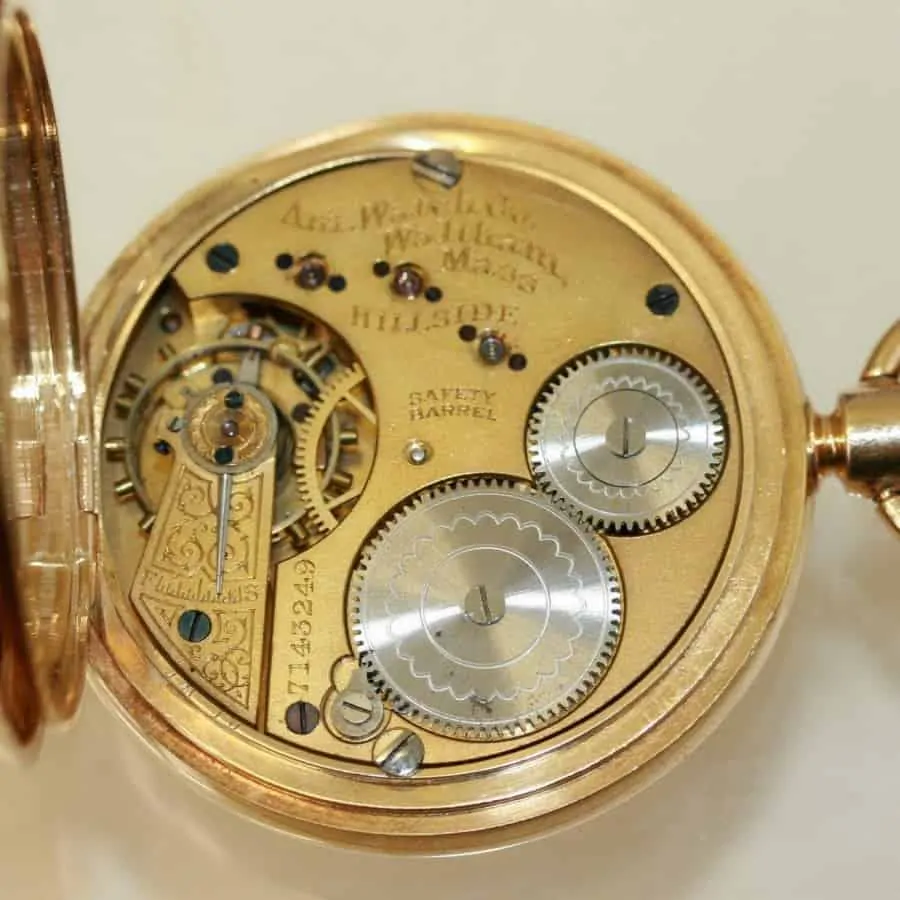
In 1850, the Americans began noticing just how junky the watches were. So they did what they knew best. They decided to take things into their own hands, develop automated machinery and mass produce their own watches to compete with the smaller brands that treated them poorly. Very quickly, the American watch industry took flight, and the watch manufacturers had managed to produce high quality watches with interchangeable parts. Known as the American System of Manufacturing, the American timekeeping industry proved to the English and Swiss competitors that they could make a timepiece every bit as sound, and equally beautiful, for a fraction of the cost and at far higher yields. They made watches that surpassed the quality of the finest handmade timepieces and were less expensive than the cheapest watches their competitors could produce.
Between 1850 and 1957, just the American Waltham Watch Company alone, managed to mass produce more than 40 million watches, compared to that of perhaps just dozens manufactured by the watchmakers in Switzerland and Great Britain. Known for inventing the mass-produced watch, Waltham became synonymous with quality timekeeping and pretty soon everyone from train conductors to soldiers were wearing American made watches to accurately predict time.
By 1870, the Swiss managed to come to terms with the fact that sales had dwindled to an all time low. Employing corporate spies, they sent a representative to the 1876 Centennial Exposition in Philadelphia, where they uncovered Waltham’s screw making machine, that was capable of creating a steady stream of mass produced, high quality screws the size of pins. Not only did they uncover the modern invention, but they quickly realized the Americans had machines that made all the watch parts faster and more accurately than anything they were capable of achieving. The English watchmakers shut down their shops and focused on ship clocks and the Swiss focused on luxury watches at high price points.
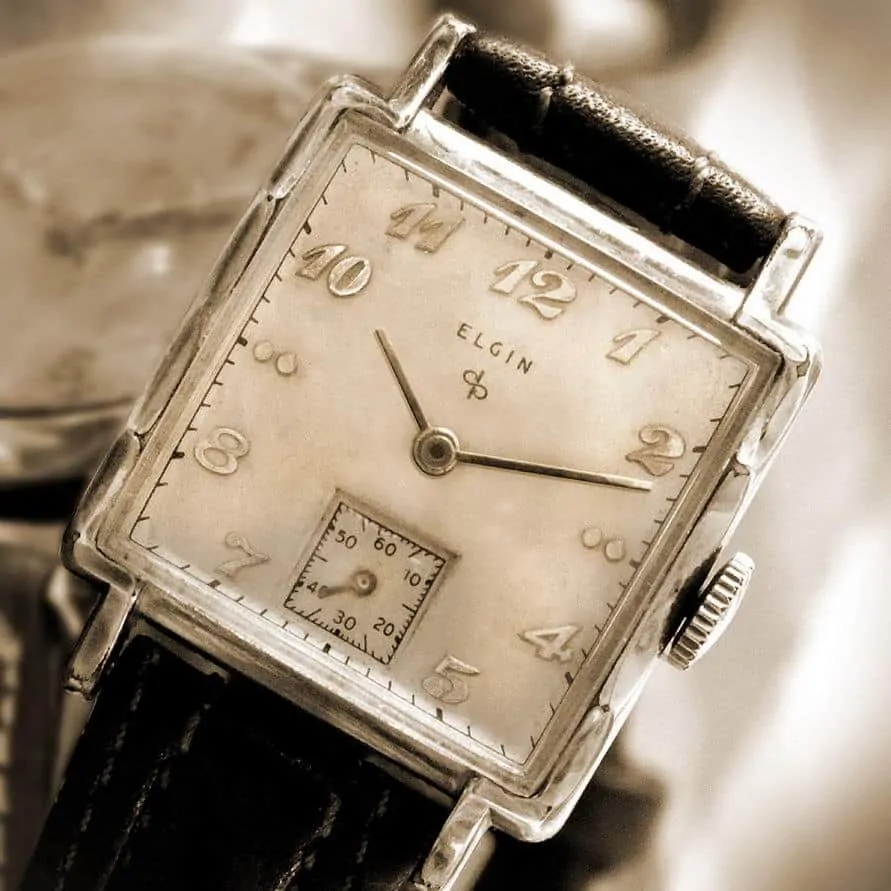
Now watches were being sold via new sales tactics, through flyers and mail orders as well. For probably the only time in horological history, the Swiss were adapting to the change by producing knockoffs of the fine American made watches. Despite the lower numbers of production due to the fact they were mostly handmade, the Swiss began to realize that automated machines only went so far, and that complications were difficult to make, some nearly impossible to mass produce. That’s where they focused and they let the American watch companies such as Waltham and Elgin act as the so-called bulk barns of horology. While American watches were extremely accurate. They weren’t complicated and were in fact, very simplistic.
By the 1900s the Swiss had managed to accrue quite the following. American watch companies had attempted to reach foreign markets, but for the most part the costs exceeded the revenue streams and it wasn’t worth it to try and sell their product outside of the United States. They became very isolated, and despite only facilitating the US and Canadian markets, they quickly managed to sell out every watch they were making.
While Waltham and Elgin monopolized the American market, the Swiss operated quite differently with many smaller outfits creating individual watch parts that would eventually come together to create the final timepiece. This was important as it allowed a variety of companies to produce ebauche movements whereas others would specialize in smaller feats such as dials, chronographs, mainsprings or even just screws. It turned out these smaller clusters of watchmakers would end up being more successful as they had more room to grow. Since the American watch companies made everything, if one part of the watch malfunctioned, all operations would cease, whereas in Switzerland, if one mainspring began to fail, they could simply switch to using another company’s parts keeping them in production without disruption.
The Swiss watch industry began to thrive and newer companies continued to pop up in record numbers. Across the land in America, if a small company tried to start up, jewelers would turn them down or Waltham and Elgin would put them out of business before they had the chance to start.
As World War I began to wind down come the twenties, the Swiss manufacturers began to focus on making wrist watches, as opposed to pocket watches. By having the time on their wrist, soldiers wouldn’t have to holster their weapon or advert their eyes to check the time. When it came to the American firms, for the most part they were still stuck in the conductor style watches, and only Elgin, Hamilton and newcomer Timex were beginning to focus on the wrist adaptations. As management stayed stuck in their ways, American watch companies refused to invest in new machines capable of making the smaller timepieces. Many were forced to close their doors due to poor sales, or they merged with other companies before going out of business together.
When the market crashed in 1929, watches were considered a luxury and not a necessity. For the first time ever, America was forced to watch the demise of what was once one of their most prolific industries. By 1935, American watch companies were pouring remaining funds into war production. Making timers for bombs, navigation equipment and ship chronograph, watches took a back seat yet again, and the Swiss watch companies capitalized on their relationship with the United States and took over the watch industry almost by storm. By the time World War II ended, the American made watch companies were no more. The industry was at a virtual standstill in America and anyone who wanted a watch turned elsewhere, forcing almost all the American watchmakers out of business.
By the quartz storm of the 70s, American watch companies had washed up. While you can still find many of the great American watches for sale today, those famous names of Waltham, Elgin and Hamilton are no longer US based, and really, there aren’t many watch companies that truly make an American-made product for the watch industry.
Devon Tread 1 watch Devon Tread 1 Exoskeleton watch
“American” Watch Brands Today
Note, not all of the companies listed are “American Made” in the true sense of the word.
Devon
Peculiar, nuevo and weird says it all. Devon is just their name. American based, this watch company is one worth discussing, just not one you’ll find on my wrist anytime soon. It’s not that I don’t thoroughly love what they’re doing – it’s just that they don’t produce anything that matches my style. That’s not to say it won’t match yours.For example take a look at the unusual Devon Tread1 E here, unique isn’t it?
Minuteman Watch A one hand Squarestreet Minuteman watch
MinuteMan
Minute Man watches aren’t the most exceptional watches you’ll ever wear. But, according to the company they are “built in America”. Ever since the Shinola article, we know that this doesn’t mean too much. At least it seems like MinuteMan watches are assembled in the U.S.
On top of that, 25% of their profits apparently go to supporting American troops. Don’t get me wrong. They make nice looking watches. I just can’t say for sure how great they are because I’ve never had the privilege of wearing one on my wrist. Perhaps that needs to change. Click here to see a selection of MinuteMan watches for under $200.
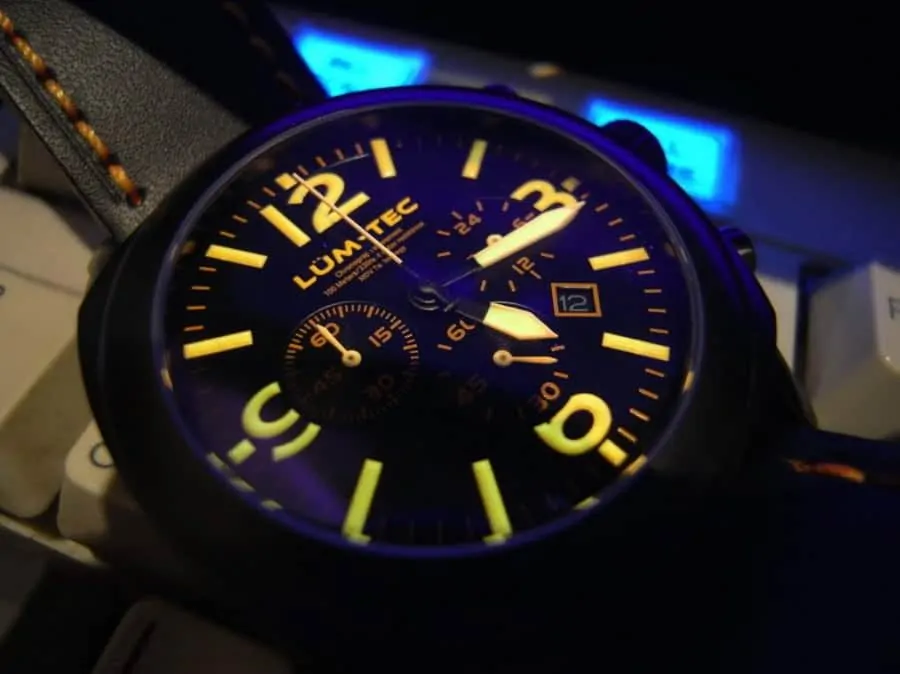
LÜM-TEC
Sport watches for the American man is really what LÜM-TEC is all about. Despite a terrible name, in my opinion, they really do a pretty solid job of making great watches for low light conditions. These watches are very popular amongst police officers, paramedics and soldiers working at night. They seem to be quite stable, and despite being manufactured primarily overseas (like many of the watches in this list), they are created, in theory, stateside. Model Overview.
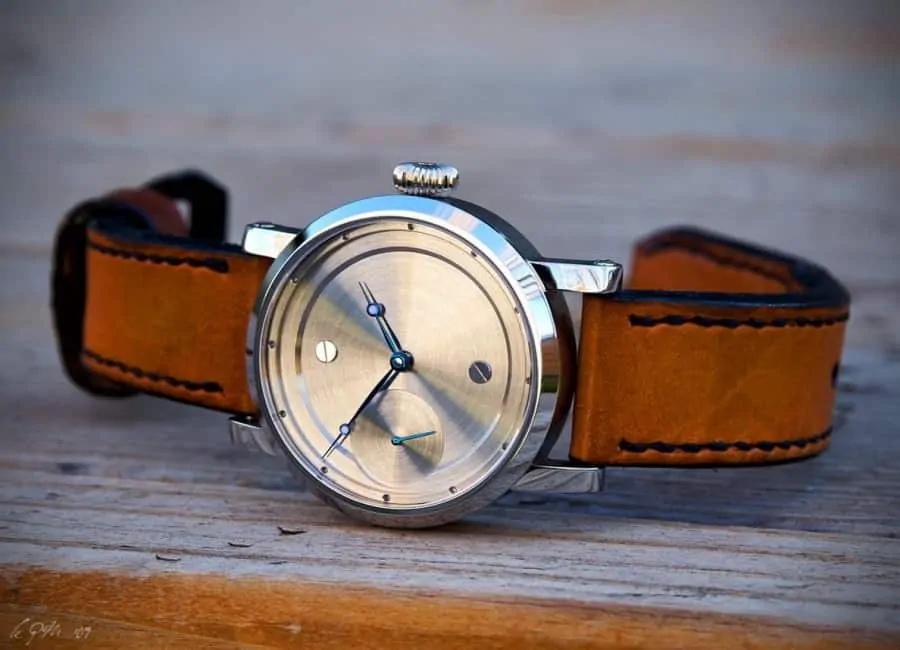
Keaton Myrick
At just under $20,000, Myrick’s watches are a little more than some other American made timepieces. Well regarded in the US, I don’t necessarily agree that this is the best investment of your money when it comes to buying a watch, but nevertheless, his watches are certainly well made with that American genuity we all crave deep down. None of his watches are mass produced, all made for the owner by hand and in his small workshop deep in the heart of Oregon, and as such it is probably the only truly US made watch company on this list. Take a look at the website.
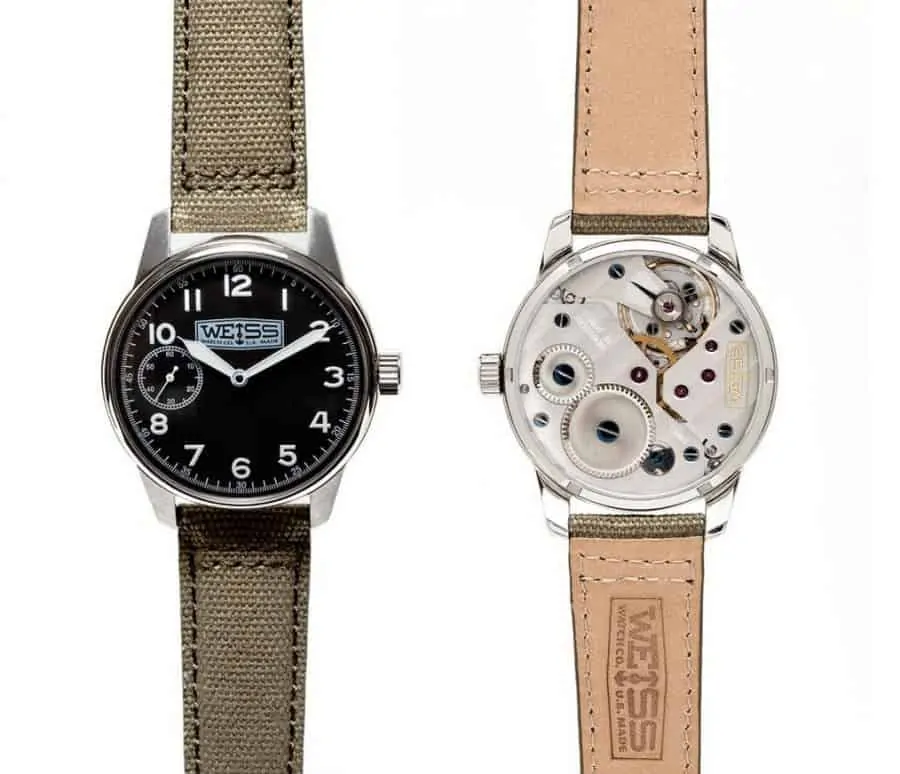
Weiss
Weiss Watches is another LA based watch company. Like others, they aren’t fully made in America, however, one thing I really appreciate is that unlike many others, they are pushing to be. Currently developing their own movement, they really are in that typical American style of pursuing perfect and the American dream. They make some really lovely watches and they’ll hold up with just about any other company you can throw at them stateside. This is one company that has really made a name for itself, but not in the best way possible. The only way to describe it is “Big Fish, Small Pond Syndrome”. I’ve chatted with the decision makers at some of Switzerland’s top watch manufactures. I’ve discussed watches in detail with some of the world’s best watch makers. Just a few weeks ago I sat down with a third generation watchmaker from Europe for a glance at his newest timepiece. Only the Pennsylvania based RGM has treated me very poorly. RGM’s publicist wanted a full list of questions before they would commit to an interview and he highlighted that certain topics were off the table. On top of that, he wanted to be able to read the article before it was published and to have the ability to cut or edit anything as he saw fit. At the Gentleman’s Gazette, we never let any company edit anything and we decide on what is published, and what is not. As such, we were not able to interview them. That’s not to suggest their watches aren’t good quality. Only that they need an attitude adjustment – or at the very least, the “gentleman” I spoke with does. I know this is not a company that will receive my business based on my dealings with them, regardless of the quality of their timepieces. Of course, you can judge for yourself – here is their Worth every bit of our attention, Kobold is one American watch company that inspires the true American spirit. Modern, yet traditional, I love a great number of their watches. Aesthetically pleasing to the eye, I strongly recommend buying one or more of their vast collection. They are sure to be the start of a very lively discussion. Initially, they were the first company to assemble a watch in the U.S. in decades, although the parts were swiss. In 2008, they claim to have produced the first serially produced American watch in 39 years. 89% of the value of the parts were apparently produced in the US. A year later they issued a watch in collaboration with Navy SEALS. However, they also opened a subsidiary workshop in Nepal in 2012. They only produce 2,500 watches year and have no intention to grow bigger. When the public now talks about “Watches Made in the U.S.” the first name that comes to mind is Shinola, and while they certainly have a good marketing department, it seems that Kobold is much “Made in America” than Shinola is. That being said, we have not yet tested any of their watches but hopefully we will get a chance to do so soon. Learn more about how founder Michael Kobold started with an internship at Chronoswiss at the age of 15 and how he became a passionate watchmaker who is interested in quality, over quantity. Website Probably the most famous “American Watch” companies. But how much America or Detroit is really in their watches? Not as much as you probably think! As noted before, “American Made” watches are pretty hard to find these days but companies like Kobold or Keaton Myrick truly try to not just assemble watches in the U.S. but also make the majority of the parts here, whereas companies like Shinola source the core watch parts from abroad. Of course, we have also listed other companies here that are just American owned, or the watches are just designed here but if I didn’t mention them, this would be one of the shortest guides in the history of Gentleman’s Gazette. Did I include all American owned watch companies? Heck no! Kickstarter alone is home to dozens of wannabe-watchmakers. It doesn’t mean they aren’t as good as the ones we mentioned, it just means they aren’t as well known. Yet. American made watches just aren’t what they used to be. Hamilton is no longer US based. Nor is Elgin or Waltham. One can hope that someday the American watch industry will regain some of its traction. I will certainly argue some of the above named companies are our best shot at achieving that. Are there any watchmakers that we missed? Let me know in the comments.RGM
Kobold
by Sven Raphael Schneider
Shinola
Conclusion
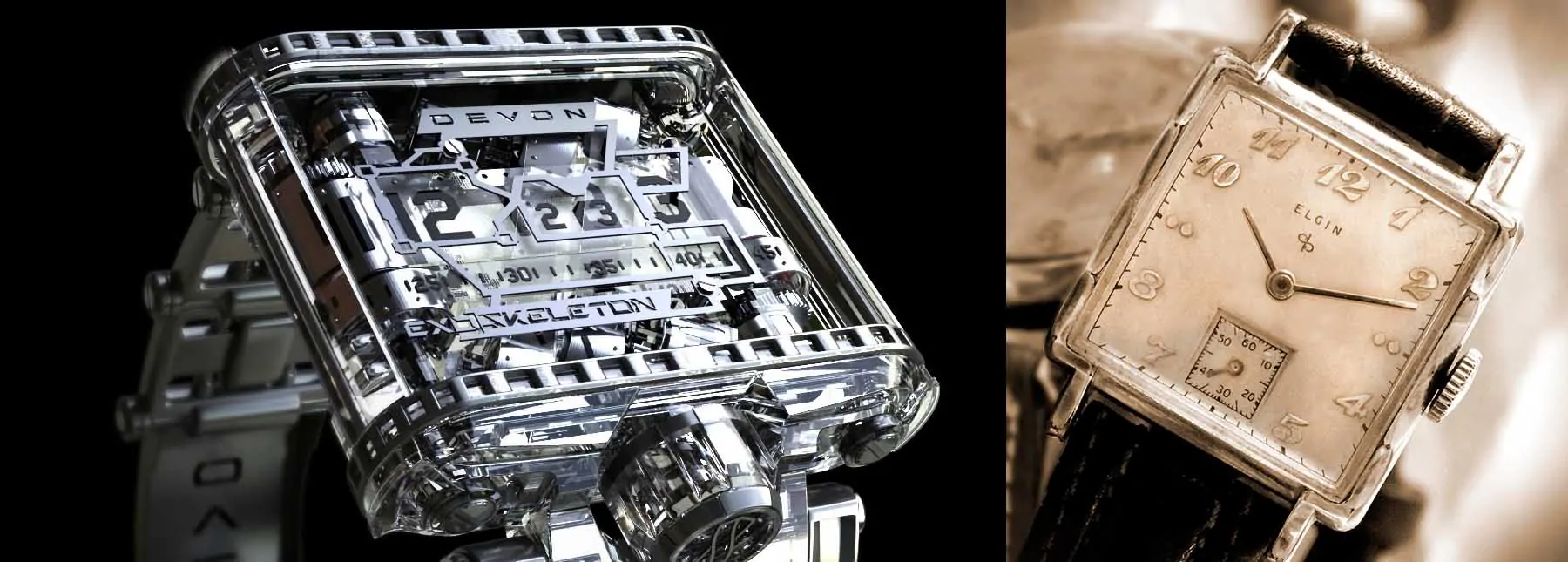
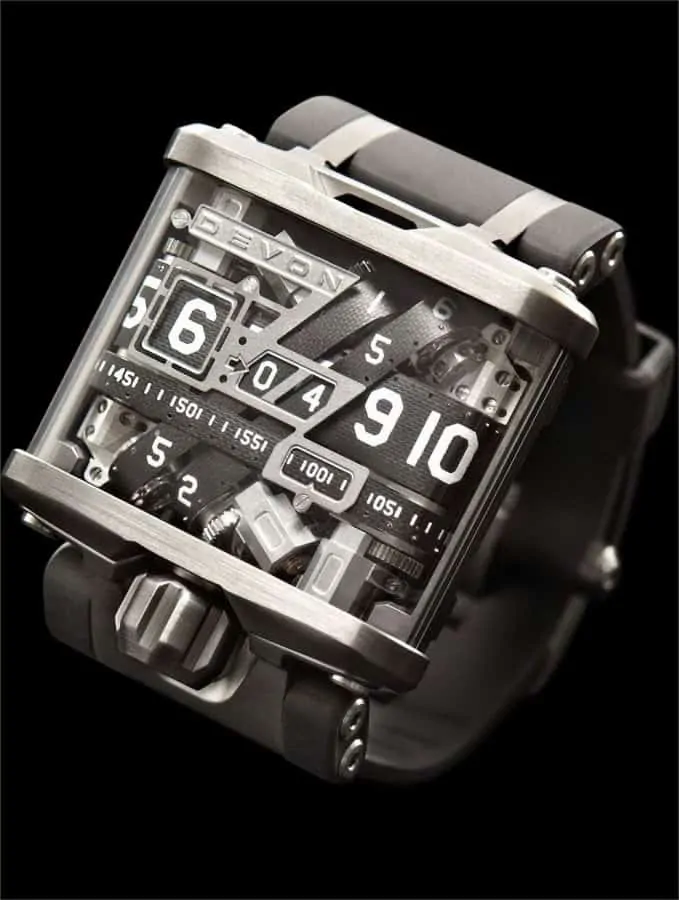

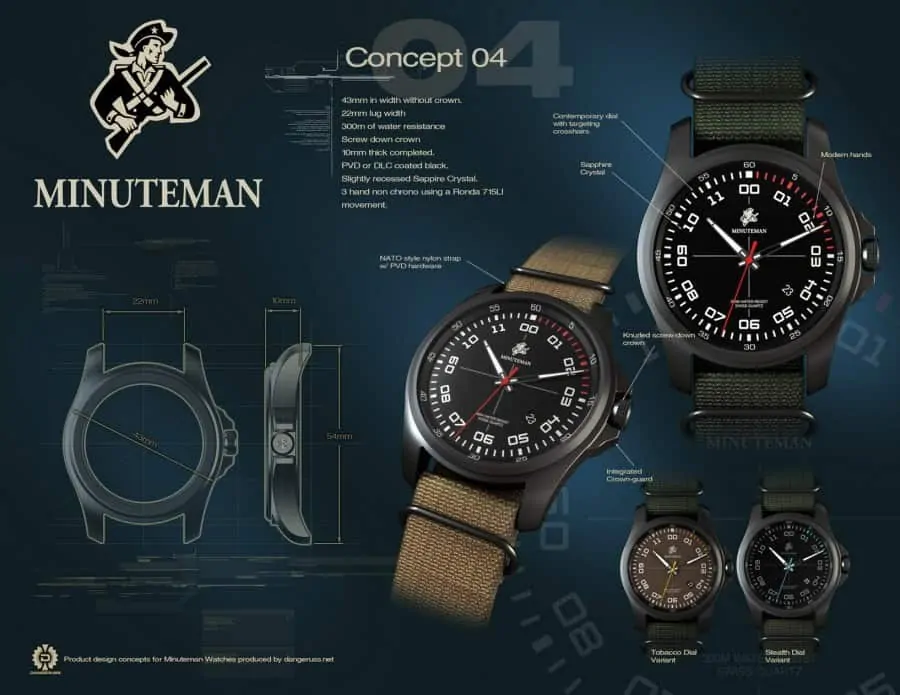
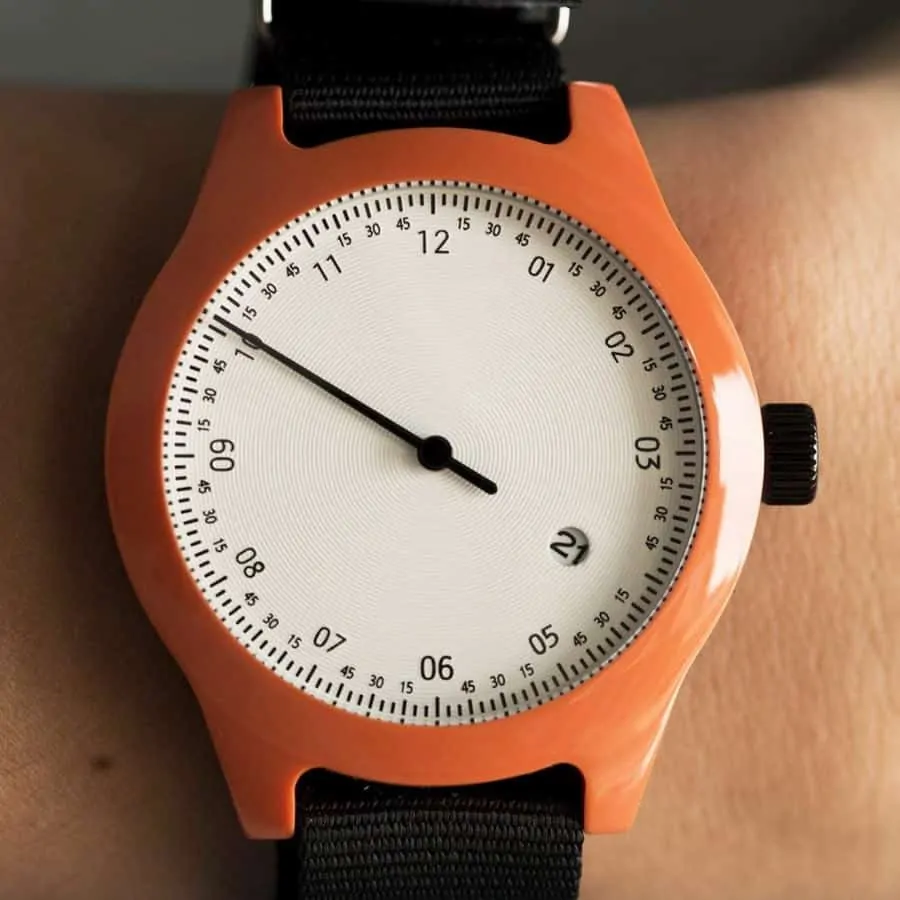
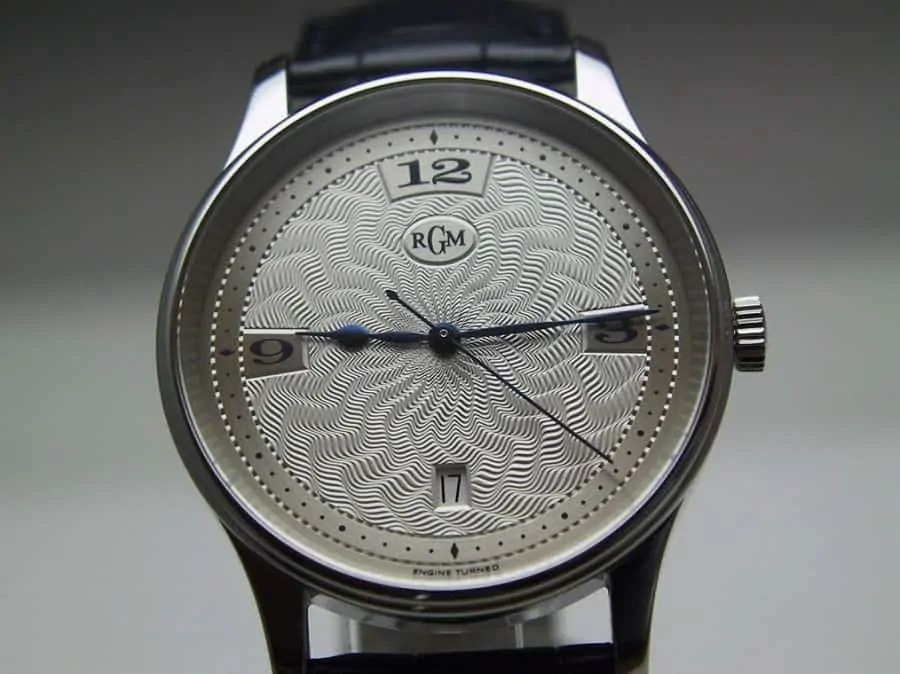
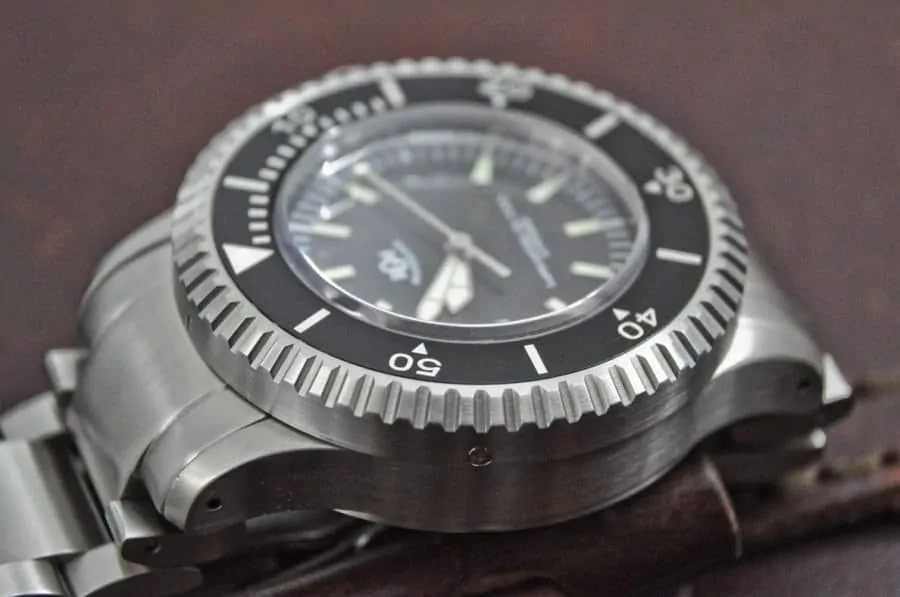
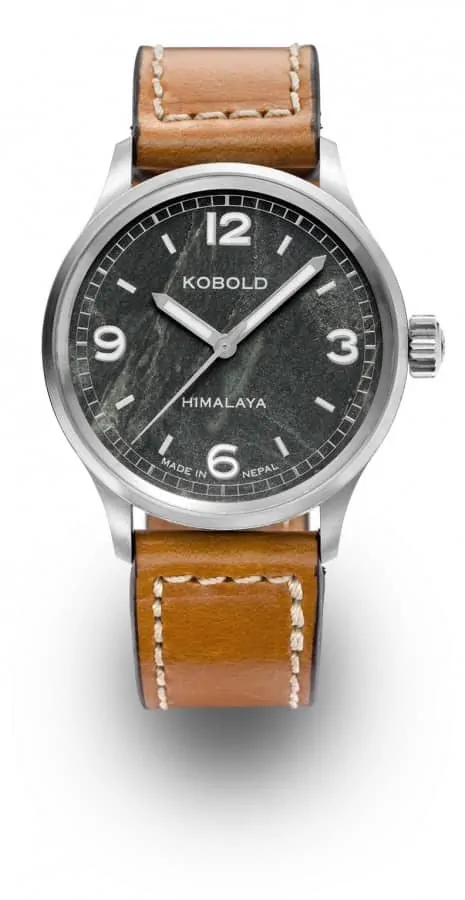
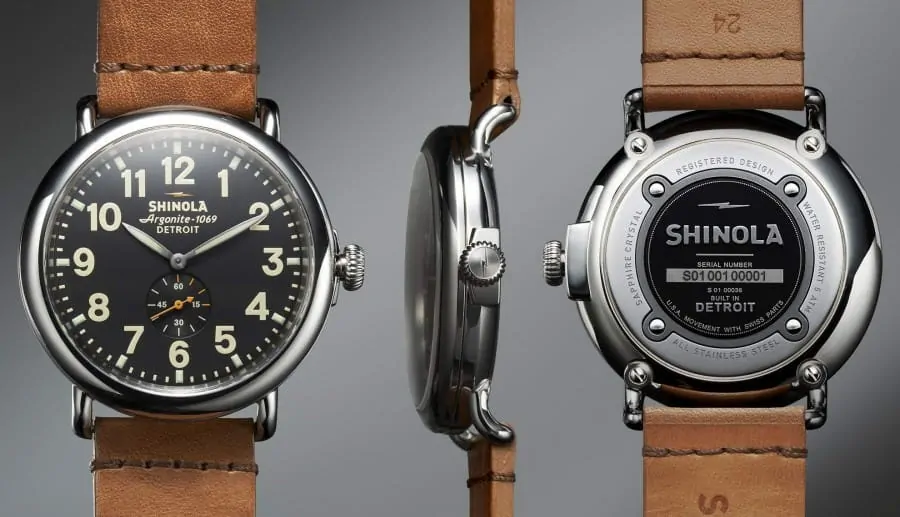
Enjoyed your article on watches as I do all your articles. However, I did notice that you have fallen into the common habit of using irregardless, which is not a legitimate word. Regardless is the correct word..
I will let J.A. know ;).
Irregardless is in fact a work. It works the same as inflammable and flammable. I agree it shouldn’t be used though.
Timepieces are very personal and what someone likes, someone else will not. Nice that there is a variety. I personally don’t care for any of these watches (some look quite ugly to me) except the RGM, which is somewhat interesting… but given the experience you had I’d tend to agree and stay away from them. I love my simple yet elegant everyday ORIS with only a date complication, and look forward to adding a second one to my collection soon.
There are so many antique pocket watches available that anyone can procure a little piece of history at a modest price, to find out if this option fits their personal style. Put that vest pocket to use, gentlemen. And a smaller ladies’ antique pocket watch is a special present. I was gifted a hunter watch (with face cover) that is silver inlaid with gold, so it coordinates with any jewelry. I suspend it from a necklace chain when not wearing a vest. As I am almost always busy doing something with my hands, especially keyboarding, wrist watches and bracelets are restrictive. A cell phone is not as convenient as wearing a time jewel.
There aren’t many of these watches that are commonly available in the UK and so it’s an interesting insight into what could be available by casting the net a little wider. I have heard of Waltham (AWWC) as I have been lucky enough to inherit my Grandfather’s watch which he used in WW1…. something very precious indeed.
Thanks for another interesting article.
Mike W